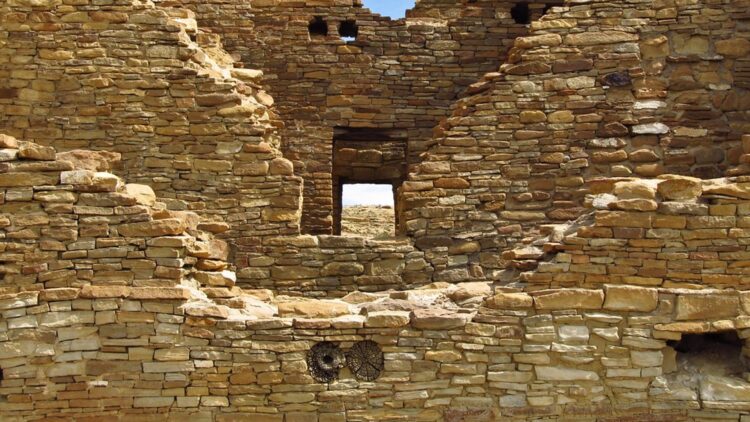How to Handcraft a Unit Study
From Blair Lee, M.S.
A handcrafted education is one that focuses on the unique strengths, challenges, and passions of learners and their families. It is common for homeschool parents to want to develop unit studies focused on these passions.
Unit studies can be a fun and engaging academic strategy that incorporates many academic disciplines and skills. They are great for working on the mastery of skills such as writing and reasoning. They can also add excitement to your studies. Unit studies are especially meaningful when they are handcrafted by you for your learners.
But (and it’s a big but!) how do you develop one? If the number of people asking this in the SEA Homeschoolers Facebook groups is any indication, this is a challenge for many of you. During the past 20 years, I have written hundreds of unit studies to use with my son and grandchildren, in the curriculum I develop, and in online classes.
In this article, I will share the process I use when developing unit studies. In addition to offering information about developing unit studies, I will share one I developed when I wrote this article. The best way to learn is by doing, and I found myself having to write a new unit study in order to explain how to write them! Why don’t you get out a pen and piece of paper to begin planning as you read.
Start with a Topic
How to Handcraft a Unit Study Step 1
When Albert Einstein said, “Make everything as simple as possible, but not simpler” he could have been talking about your initial topic for a unit study. This should be a maximum of 1 to 4 sentences or even 1 incomplete sentence. If you have a couple of paragraphs or a page worth of notes, that is not your topic; that is an outline in paragraph form. Until you are experienced in writing unit studies, you will need to be very strict with yourself about keeping the topic tight to your initial topic. Even with all my years of experience, or maybe because of it, I still keep the focus of unit studies narrow to keep them cohesive and manageable rather than chaotic.
It is important that the topic is interesting for your children. It is just as important that you are interested in the topic of the unit study. There is so much research that goes into developing a unit study, at least until you have some experience, so you will want to be excited about the topic. I also recommend starting with a topic you feel academically competent teaching. Writing your own unit study is curriculum development. If you are nervous about teaching a subject, it makes it much more difficult to develop curriculum in that subject area.
Initial Topic: Blair’s Unit Study
The Indigenous History of Chaco Canyon
This is a great topic. It is narrow in focus, but robust enough to build a project around. It is less than one sentence. The subject matter is of interest to me. We traveled there this year and it had a profound impact on me. However, this is not the perfect topic, as you will see.

Pre-Plan
How to Handcraft a Unit Study Step 2
The next step is to make some organizational decisions. There are 3 important decisions to make before going any further.
- How many weeks are you allotting for your unit study? I recommend your first unit study span 2 to 4 weeks. One week is usually not enough time to delve deeply into a subject. However, do not let it run more than 6 weeks. The amount of planning that is required to keep it cohesive and focused becomes more complicated with every week you add. I understand the desire to conduct a semester-long unit study. However, until you have the experience associated with understanding everything that goes into developing a couple of them, it can be challenging to be successful.
- Will the unit study be ancillary or the primary focus of your studies? This can affect the length of time spent on the unit study. A unit study that is ancillary primarily focuses on one or two subjects. When I develop science curriculum, for example, the chapters of each unit, make up a unit that is focused on a science topic. They are designed to be ancillary to other studies. A unit study that is the primary focus encompasses all or most of a learner’s studies while you are doing it.
- Is there enough information to make it worth spending more time planning a unit study for this topic? You will want to conduct some quick online research of this topic. Make sure there is plenty of information, and that the information is at a level your kids can understand. Occasionally, I will find a topic of interest that I consider adding into a course I am writing, only to find that the amount of knowledge needed to understand it makes it a poor topic to include.
Pre-Planning for The Indigenous History of Chaco Canyon
The Indigenous “Culture” of Chaco Canyon
- Three-week study
- Primary focus
- There is plenty of information

Choose a Primary Discipline and Secondary Disciplines
How to Handcraft a Unit Study Step 3
Choose one primary discipline for the project. Be strict with yourself if you want the focus to be on multiple disciplines. Yes, you can weave in other subjects; but they must support the primary discipline. These subjects are the secondary disciplines, At this point, you may need to tweak your initial topic if necessary to make it a better fit with the discipline.
Once you have figured out the primary discipline and topic, before planning, complete some additional, quick research. If you cannot find good information that is age and stage appropriate for your learners, I recommend you rethink the focus of the topic to something with more information. For example, little to nothing is know about the culture of the inhabitants of Chaco Canyon. The information I found was mostly conjecture. Much more is known about the history of Chaco Canyon.
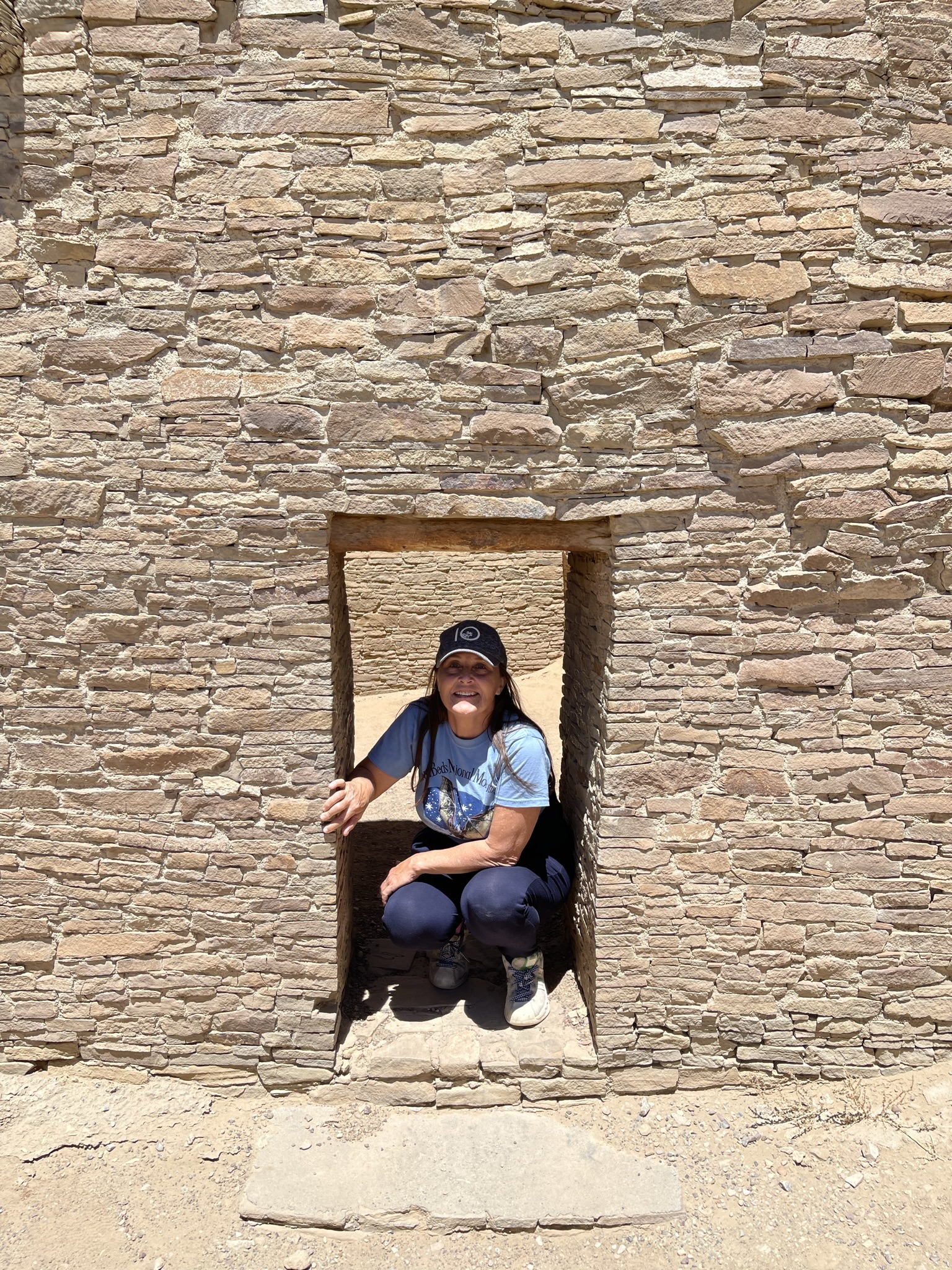
Primary Discipline: History
Main Topic: The Indigenous History of Chaco Canyon
For several reasons, I changed my topic to the History of Chaco Canyon from 850 CE to 1250 CE. The topic of culture fits neatly into history. Narrowing the time span will make the unit study more manageable and less likely to become unwieldy. This time span better reflects why I am interested in this as the topic of my unit study.
- Quick research of topic
- 900 BCE first dated evidence
- 200 CE first dwellings
- Borders the Navaho Reservation
Through this research, I learned that people were living in this area at least 2,922 years ago. I had to decide if I wanted to change my date. I did not, because I wanted to focus on the period when most of the dwellings have been dated to. I also found great information about Chaco Canyon on the website of a neighboring Navaho organization, which I can use to help with planning.
Next, choose the other academic disciplines you want to weave into the unit study. For each discipline, ask yourself how it fits with the primary discipline. If you cannot answer this, consider leaving it out. Adding topics that do not easily connect will make the unit study disorganized, which should be avoided. Put a question mark next to any topic that might be difficult to find information for as you proceed (as I did in the list below). Add academic skills/activities you want students to work on. Unit studies are a great way to work on mastery of skills.
Secondary Disciplines
- Science
- Construction & Architecture
- Archaeology
- Linguistics?
- Writing
- Literature & Nonfiction Reading
- Geography
Before investing more time, make sure these work with your situation; for example, multiple learners at different levels or an only child.

Flesh Out the Topics into a Bulleted List
How to Handcraft a Unit Study Step 4
One reason I developed a unit study was to use as an example in this section. I do not know what area your unit study focuses on. Therefore, this section will be devoted to choices I made for the history of Chaco Canyon from 850 CE to 1250 CE.
You can see from the example that the focus of the planning goes back to the primary discipline. Every discipline can be broken down by the types of topics included in a study of the discipline. You can see from my list that I am interested in the linguistics and politics as a part of this history. I could not find substantial information about these, so I would not include them in my unit study. When choosing topical information, keep it tightly focus on the primary discipline.
For the secondary topics, I have an example of possible sub-topics to include for each secondary discipline. The reason for doing this before going into detail for the primary topic is, one – to decide which ones to keep and which, if any, to cut, two – to see how the pieces fit together, many of these cover the history and make that planning easier, and three – to see if there are any thematic elements I want to use as focal points.
Start with the Primary Discipline
This bullet point list will be fleshed out later in this process. The topical information that will be chosen will tightly focus on the primary discipline. For example, I do plan on quickly referencing the people who lived in this area before 850 CE and the people who lived there after 1250 CE, but it will be brief.
Other Topics Included under History
- People
- Culture
- Linguistics?
- Technology
- Politics?
Again, I wrote a question mark after all topics that might be difficult to get information about.
Learning Skills
While planning, decide if you want to intentionally include learning skills as a part of your project.
Then Work on the Secondary Disciplines
Secondary Disciplines: The Indigenous History of Chaco Canyon
-
- Science
- Was climate change responsible for the decline of this civilization
- Fossil evidence of plants and animals in the area
- Pigments from local soil
- Changing geology to the river that runs through it
- Geology of the Colorado Plateau
- Radiometric dating
- Construction & Architecture
- Building with stone
- Archaeology
- How archaeologists build a story from their digs
- Linguistics?
- Is there historical evidence of the linguistic group of the residents of Chaco Canyon?
- Writing
- Research and write a paper on topic related to Chaco Canyon
- Literature & Nonfiction Reading
- Find books focused on Chaco Canyon in nonfiction and fiction categories
- Geography
- Colorado Plateau
- Routes people traveled from to reach Chaco Canyon
- Culture?
- Who were the peoples of Chaco Canyon?
- Where did they go?
- How did their society function?
- Art
- Pottery making
- Science
This is a big list. To have a manageable project, I will have to either make cuts to this list, weave multiple topics together, or keep activities short. For example, I saw a video a while back that linked climate change to the decline of this civilization. That would be a good (and brief) way to focus on that specific topic.
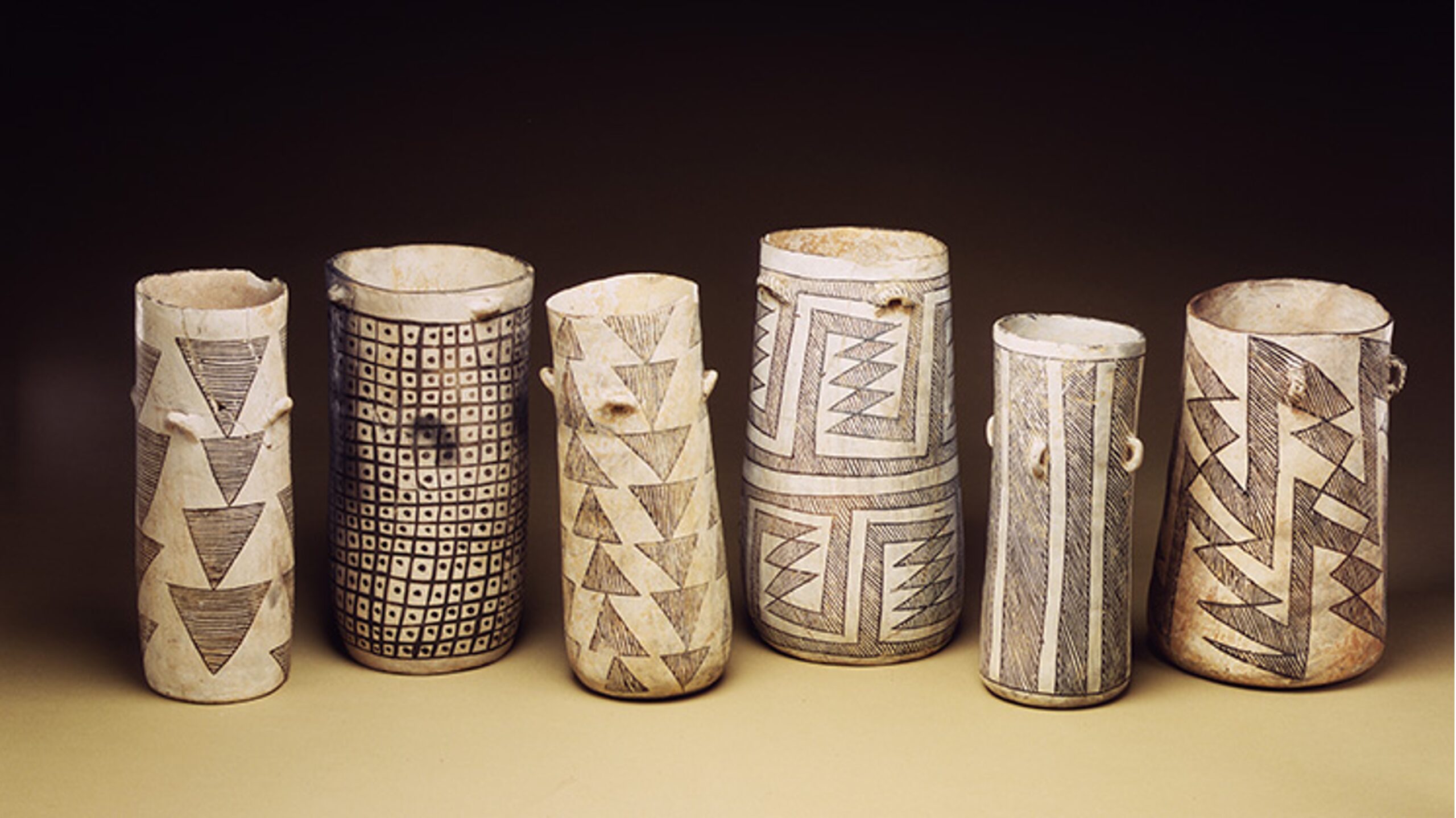
Decide on the Hands-On Activities
How to Handcraft a Unit Study Step 5
It is a good idea to decide on a hands-on project before serious planning goes into the unit study. If one of the secondary disciplines lends itself to a fun hands-on activity, you will not want to cut it. This also helps to ensure that you have enough hands-on projects within your unit study.
There are lots of pottery shards in Chaco Canyon. Even though I am not artistic AT ALL, I would definitely include pot making in this unit study. That is what YouTube tutorials are for.
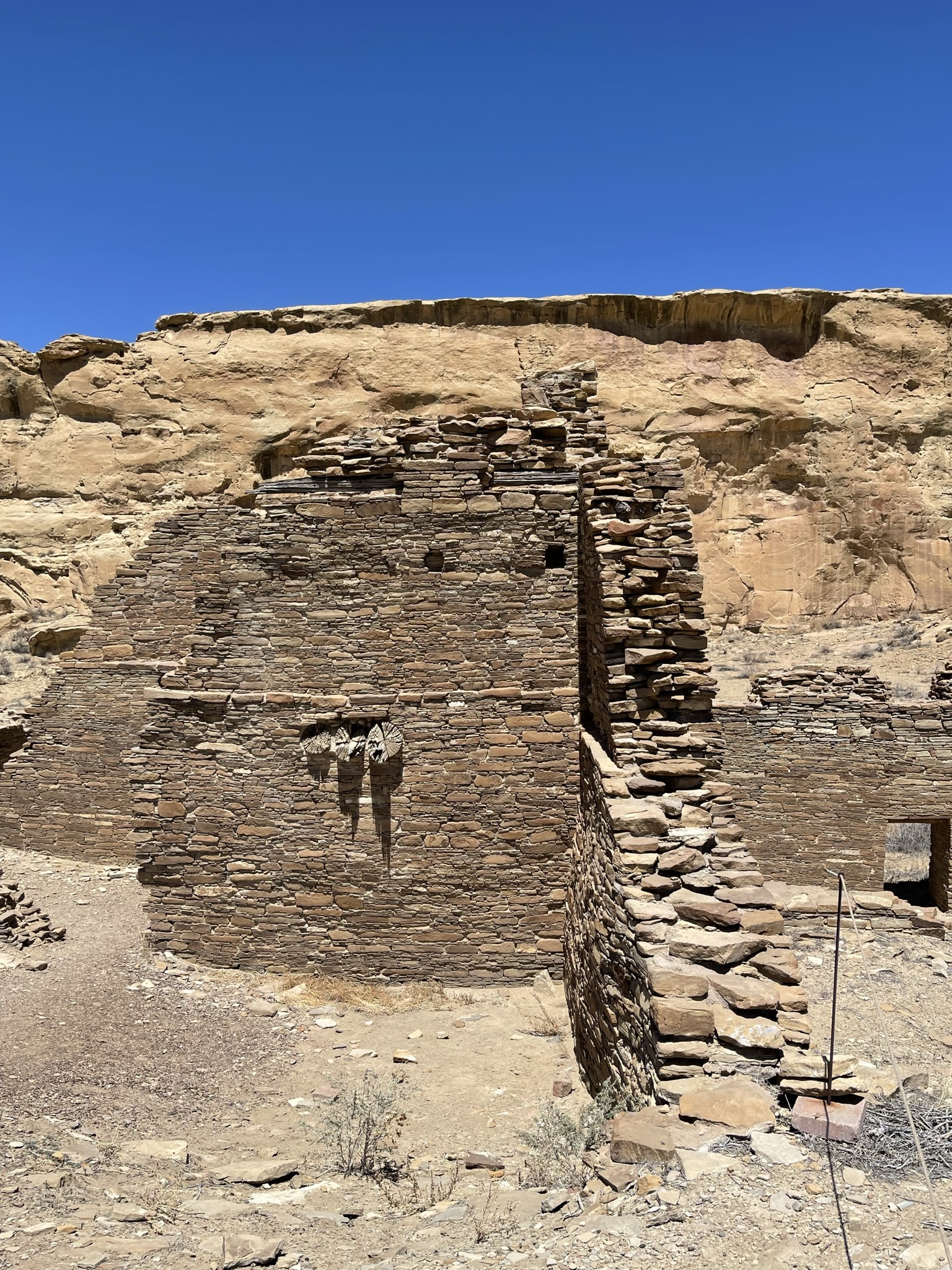
Hands-On Activities
- Pigments from local soil, paired with
- Pottery making
- Building with stone
- How archaeologists build a story from their digs
- How the geography has changed over time, much of this change has come about because of weathering and erosion, so this is part geography and part geology.
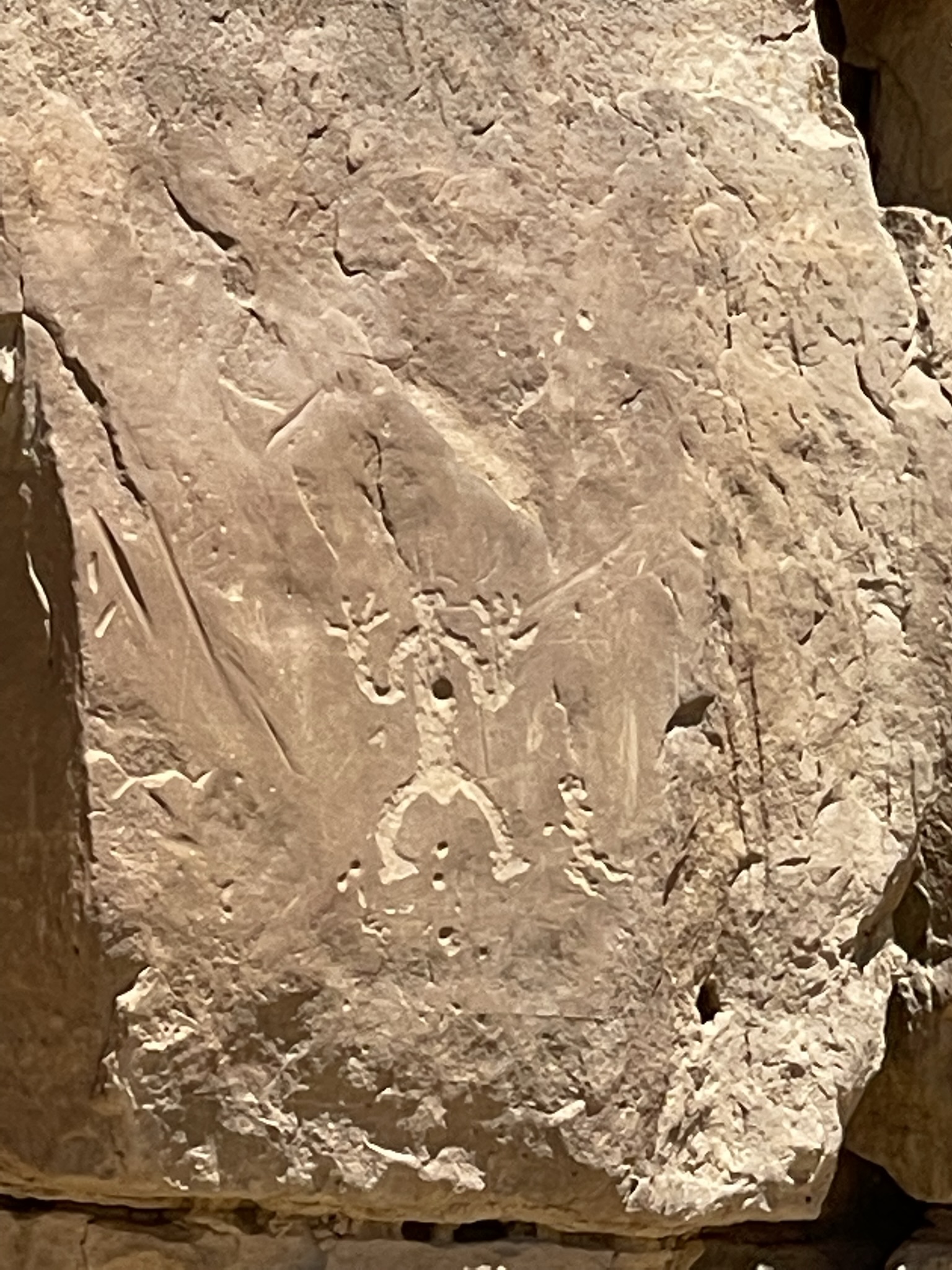
CUT, CUT, and then CUT some more
How to Handcraft a Unit Study Step 6
Until you have gained more experience, make cuts. Actually, the more experienced you are the more cuts you make. I have entire chapters and labs fully written that have never made it into books.
Do not let the unit study become overlong or unruly. You see an example of the first topic I deleted, linguistics. It will likely be joined by other topics as I continue to plan in more detail.
The First of Many Cuts
Linguistics: Is there historical evidence of the linguistic group of the residents of Chaco Canyon?
I could not find solid information about this topic.
Start Planning It Out
How to Handcraft a Unit Study Step 7
Now, it is time to begin planning each week. Develop a detailed weekly/daily schedule. If this is haphazard, your unit study will be chaotic. You have probably guessed by now that chaotic unit studies are to be avoided.
At this point, you need to make some structural decisions. This unit study will be chronological, as history often is.
It is a good idea to start the unit study with a hook. Take the time to plan something fun that gets everyone excited about the topic. A field trip to a museum or even a visit to Chaco Canyon would be a great way to start a study of the history of Chaco Canyon. Pottery making would be fun, too!
As you build your outline, be mindful that learners have the knowledge and skills required to study the topics. If they do not, you will want to teach the requisite knowledge and skills early on (after the hook, of course).
While planning, ask yourself if you missed anything in your previous outline. I realized I left two important topics out: a Geography lesson focused on the area, as well as the areas in North and South America where some of the artifacts found at Chaco Canyon were discovered. I also left off pictographs and petroglyphs, which will be included in the hands-on projects section.
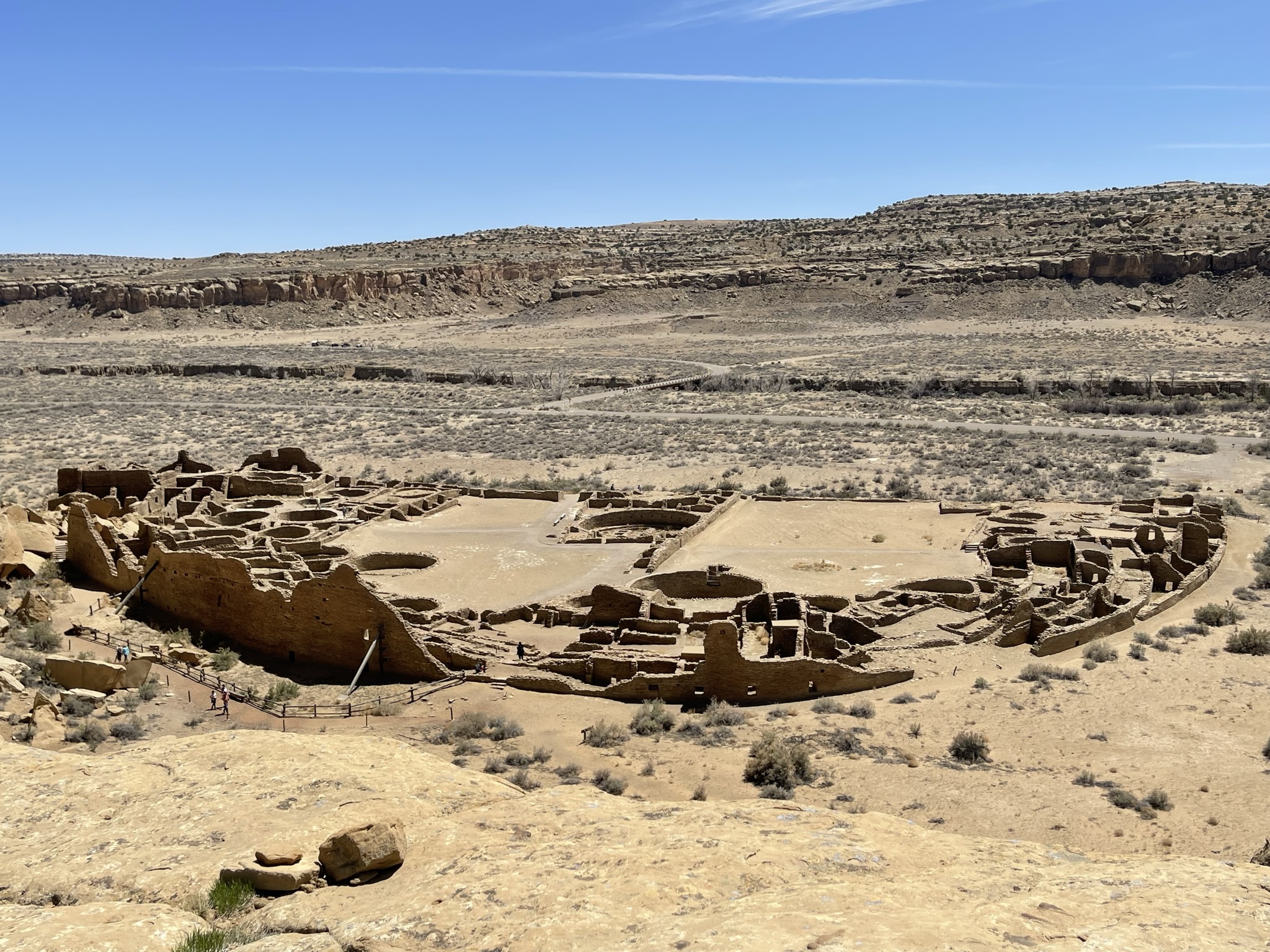
Calendar It Out
How to Handcraft a Unit Study Step 8
You are not done yet! Now you will need to put this information into a calendar. Keep making cuts if the unit study is running long. You will also want to write down discussion questions. You can even plan when to discuss them.
Blair's Schedule
If your goal is to have a cohesive unit study, you want to start with a solid plan. It is okay to tweak the plan, and fall down rabbit holes once you get going, but a plan that you can refer to, fall back on, or stick to rigidly (depending on your homeschooling style) will keep this from becoming chaotic.
As you can see I have chosen a chronological approach. When planning a unit study for a subject that does not lend itself to this approach, I recommend referring to doing some research to investigate how others structure a course of study on this topic.
Blair's Week 1 Plan for The History of Chaco Canyon Unit Study
Week 1
The parentheses contain notes to myself.
Topics |
|
Hands-on/writing/field trips |
|
Weekly Resources
List the resources you will use this week.
Books, article links, supplies, lab, and activity plans
List the links and titles as you find them.
If you use this guide to handcraft a unit study, I would love to hear from you. If you like, feel free to customize and use this one.
This is part of The Learner’s Toolbox from Blair Lee. The Learner’s Toolbox is a multi-part series in the SEA Homeschoolers Magazine and SEA Homeschoolers Online Conference Series that focuses on learning skills that are essential for lifelong learners.
New to Homeschooling? Check out our How to Homeschool 101 Article.
Want to know what SEA Homeschoolers is about? The SEA Homeschoolers Team collaborated on a list of 27 WE BELIEVE statements so you would know the answer!

